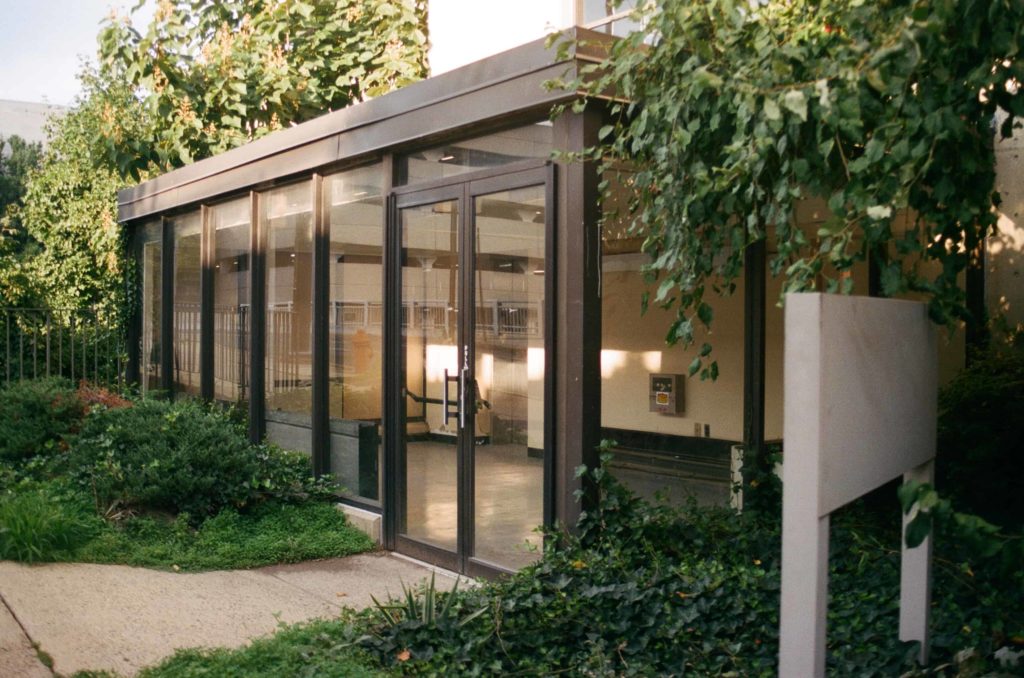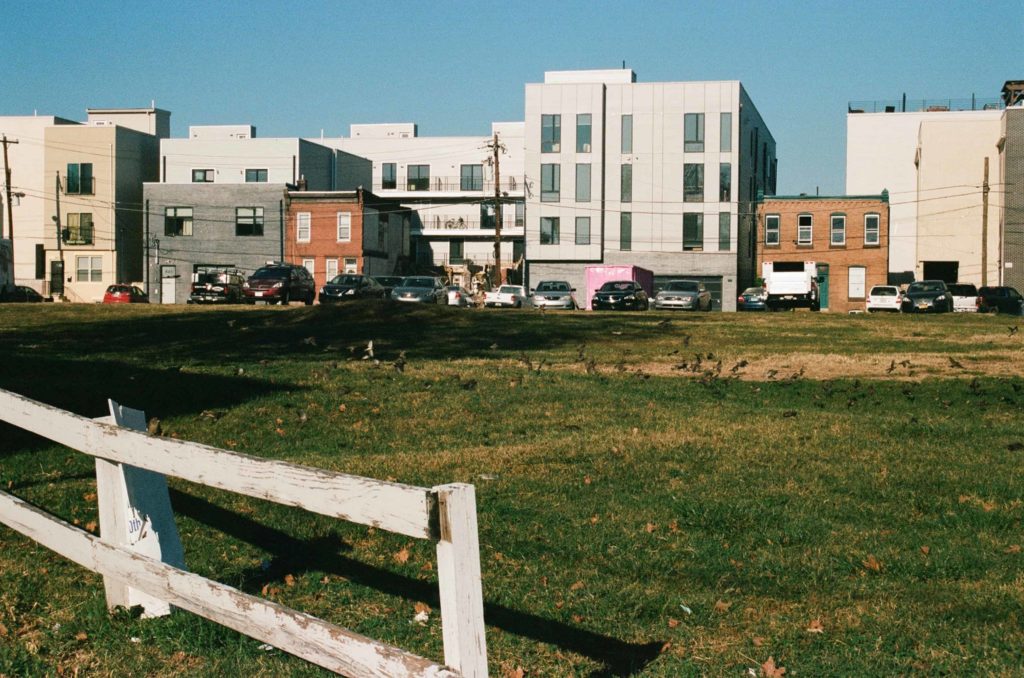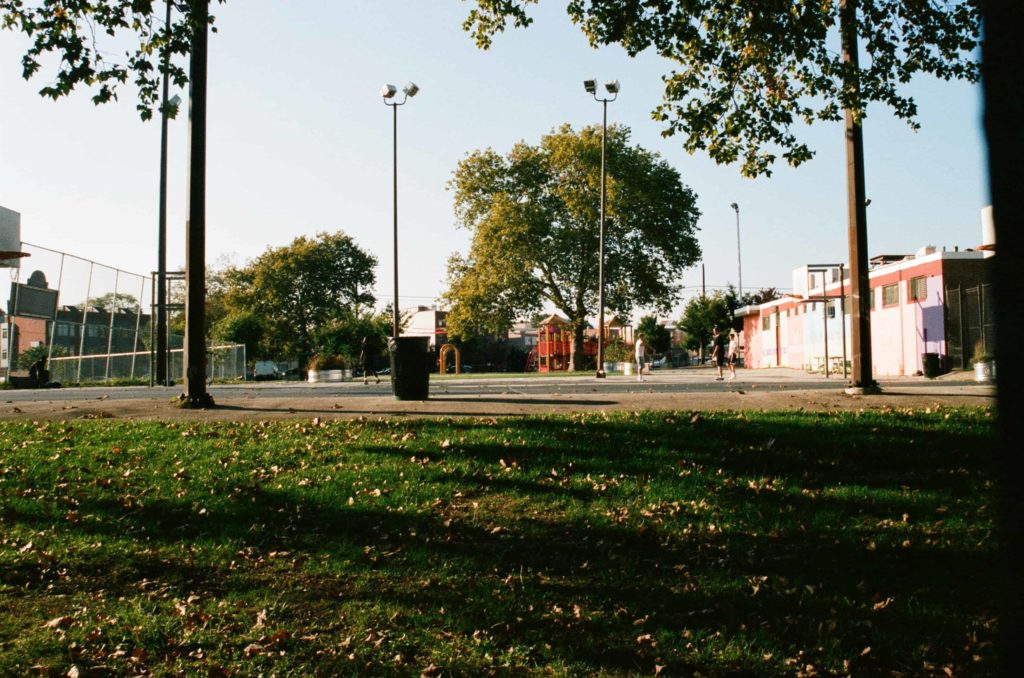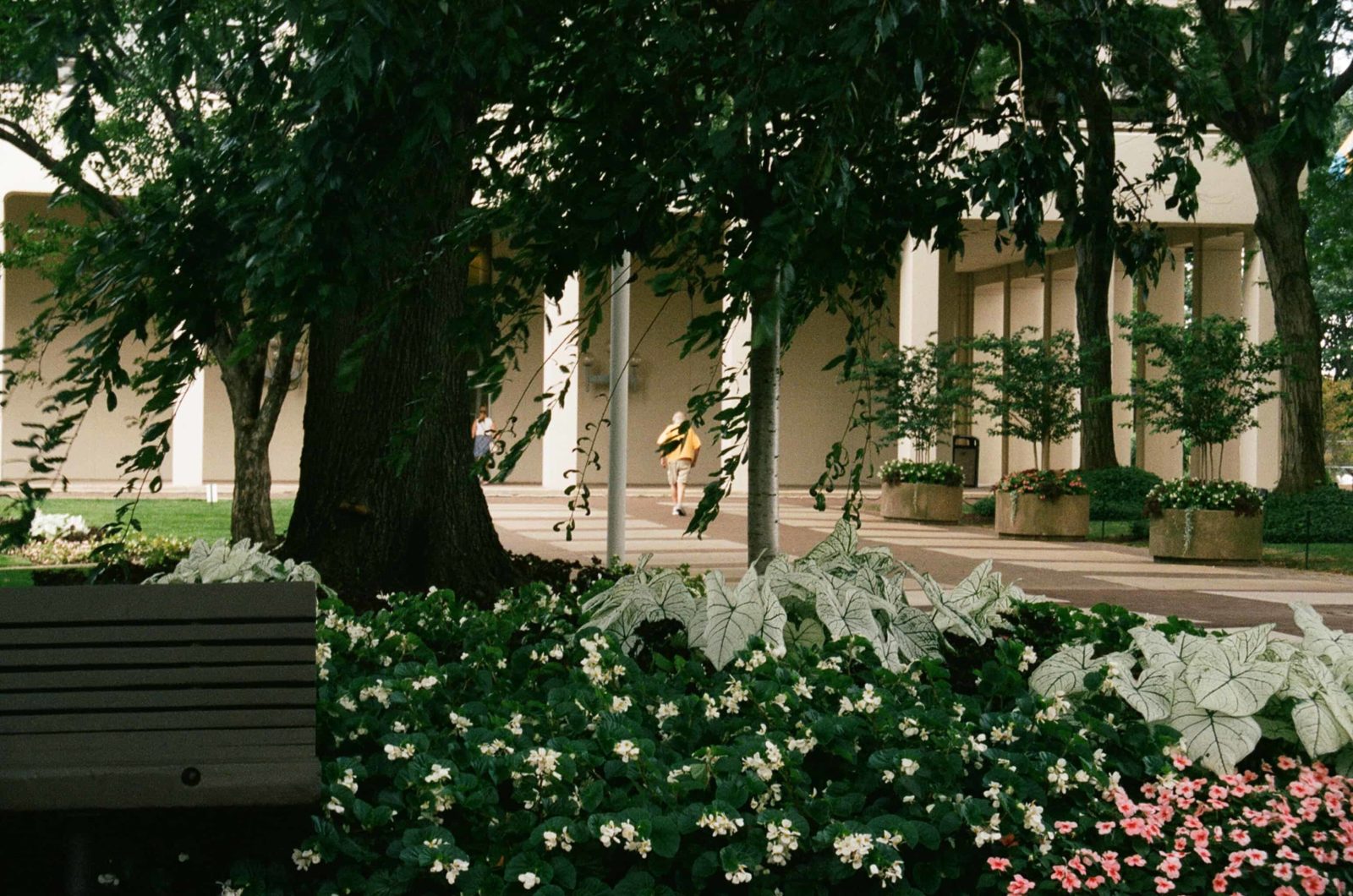Identity, Gardening and the Dreams We Hold Dear
Sheltered from the harsh July sun by a tall, overhanging tree, nothing could stop Amaan and I from this moment: a french charcuterie in “Paris”. Hand sanitizer in reach and a sharp awareness of a 6-feet distance, we were on a mission to find the meaning of life in a matter of a sunny Saturday afternoon. Lathering brie to a poorly-cut baguette and then placing it on top of a round piece of salami, no one said philosophizing had to be done on an empty stomach.
Knowing each other since freshman year of high school, our conversations always had this “deep” undertone to it; only now, in our final year of college, questions like, “Where do you see yourself in a year?” or “Would you rather waste time or money?” had more weight to it, a little more realness to it all. And while ‘Le Festin’ from Ratatouille played in the background, the honking cars from Pennsylvania Avenue in Philadelphia brought us to reality: we were two 21-year-olds navigating the ups and downs of early adulthood.
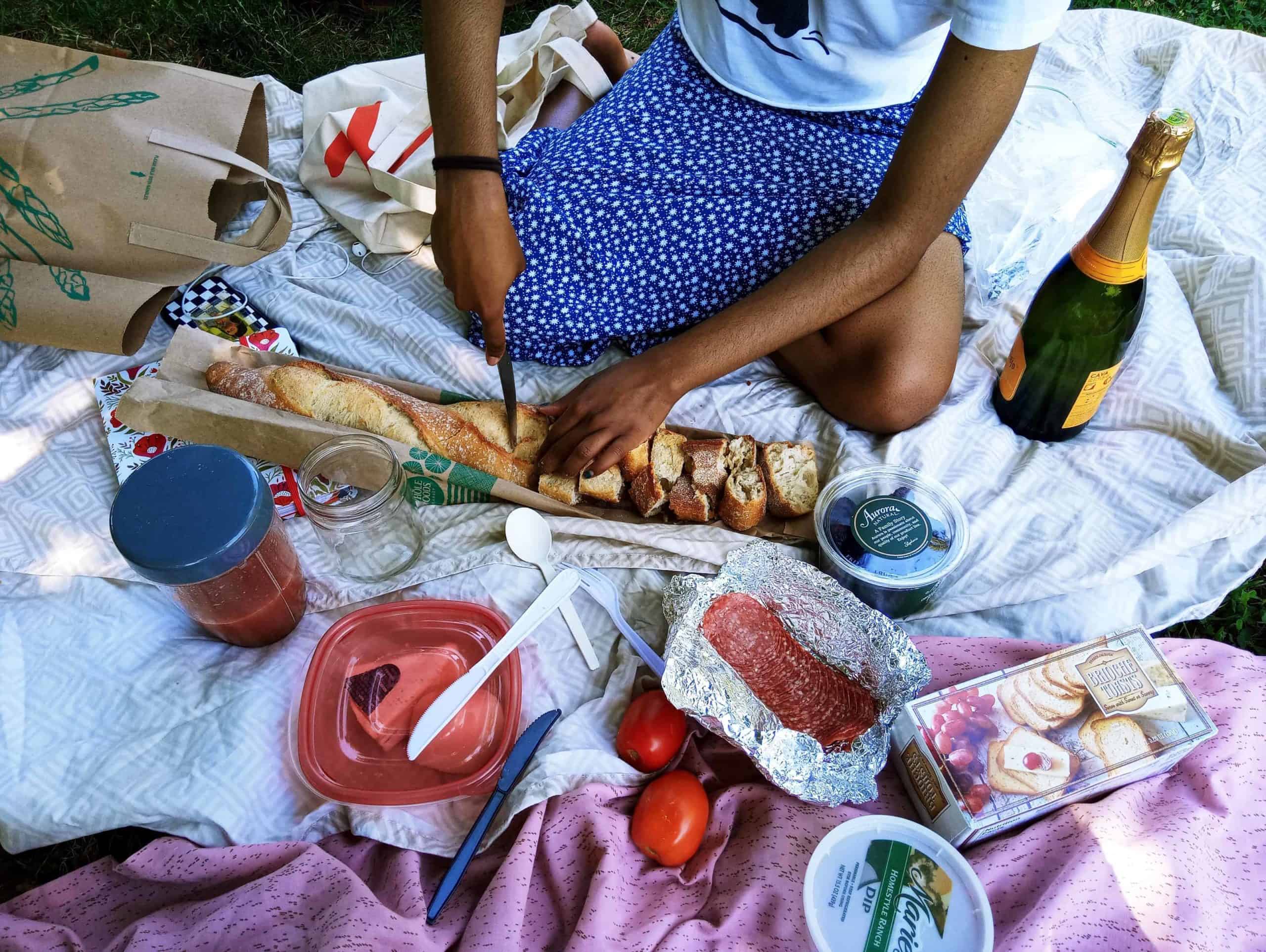
With families and friends taking advantage of the beautiful day, our conversation had naturally led us to talk about our dreams for the future and our thoughts on the past. Amaan had expressed her desire to buy land, build a garden, maybe even own a farm. When she said this, I thought about our experiences in boarding school. Many of our weekends were spent “foraging” the woods of Westtown, PA. And although we could escape into the forest, we couldn’t so easily ignore that most of the residents in the area and teachers at the school did not look like us.
From where I live in Philadelphia, I had to take a train, an hour-long bus ride, and then a taxi to arrive at the large yards of West Chester. After almost a two-hour journey, it felt like connecting with nature always came with its limitations. I didn’t know it at the time but my commute would only increase when I entered college. Now, the two train rides to NYC and an even longer bus ride to Williams College can take between 6 and 8 hours.
So when Amaan talked about owning land, I thought of white suburbia with its white-picket fences and perfectly mowed lawns and I asked, “Are you willing to give up diversity to own a garden?”
“Are you willing to give up diversity to own a garden?”
Like a crack in an already fragile image, the question opened up an interesting conversation on race, class, and environmental disparities in the United States. It is only one out of many thoughts I have on the meaning of connecting to nature as someone who is usually left out of the conversation.
These reflections make up the root of my project: What barriers do marginalized identities face? How do communities navigate these barriers? And how do we reconnect?
Miles writes, “Cities are, after all, spaces of nature, which is why the collard greens from our grandmothers’ urban gardens always tasted so good.”Ultimately, connecting with nature comes with a complex, and sometimes painful, history. While African-American connection to nature extends far beyond US chattel slavery, she says, “The perils of black life during slavery required a hyper-awareness of nature not only as a material resource but also as a spiritual one.”
Valuing both land and the spirituality that comes with it, Black Americans saved money and worked tirelessly to eventually own 14% of all farms in the United States by 1920 in a process that W.E.B. Du Bois coined as “land hunger.” Even so, a century of land loss, Black labor exploitation, and housing discrimination has resulted in this percentage dropping to 1.5 percent by 2017. This mass loss of Black land ownership and the idea that Black and Brown people can not connect to nature has brought us to the current situation: White Americans own more than 98 percent of land in the United States, totaling 856 million acres of land and $1 trillion in net worth.
“Cities are, after all, spaces of nature, which is why the collard greens from our grandmothers’ urban gardens always tasted so good.”
Thinking back to the question of owning land, “Does one have to give up diversity to own a garden?” I wondered what this answer looked like for Black, Brown, and low-income communities in the Berkshires, an area characterized by luxurious summer getaways, rampant gentrification in cities like North Adams, and growing food insecurity, especially during the COVID-19 pandemic.
This focus on the Berkshires started from a conversation with a group of middle schoolers jammed pack in a twelve-person van. As anyone knows who has worked with youth from the age of 11-14, puberty comes with much more than just a height spurt over the summer. It comes with an overwhelming desire to touch each other, usually a push that increases my blood pressure at every shove. It also comes with a short attention span.
As a co-coordinator of a Pittsfield mentorship program called Justice League, I found that the “supposed” 25-minute drive from Reid Middle School to Williams College done every semester, becomes a long string of prayers (and the occasional insult) under my breath.
The trip occurred in early December, a time when the Berkshires takes no stops to display its magnificence. The entire world becomes a white snowy bliss. So as we made our way to Williams, I wasn’t surprised by the kids’ remarks on the scenery. It truly was breathtaking. But what did confuse me was one comment, “we don’t really see this in Pittsfield.”
What does it mean for someone, especially a kid, living in between the Catskill mountains on the west and Mount Greylock on the north, to not connect with nature, to not see themselves in their very home?
For Great Barrington native, W.E.B. Du Bois, his young childhood spent by the Housatonic River played a huge part in his identity. In his autobiography “Darkwater: Voices from Within the Veil,” Du Bois describes the Housatonic River as “yellowed by the paper mills, rolling slowly through [Great Barrington’s] Center; while the Green River, clear and beautiful, joined into the south.”
Admiring the Bar Harbor in Maine, Du Bois wrote, “Why do not those who are scarred in the world’s battle and hurt by its hardness travel to these places of beauty and drown themselves in the utter joy of life?”
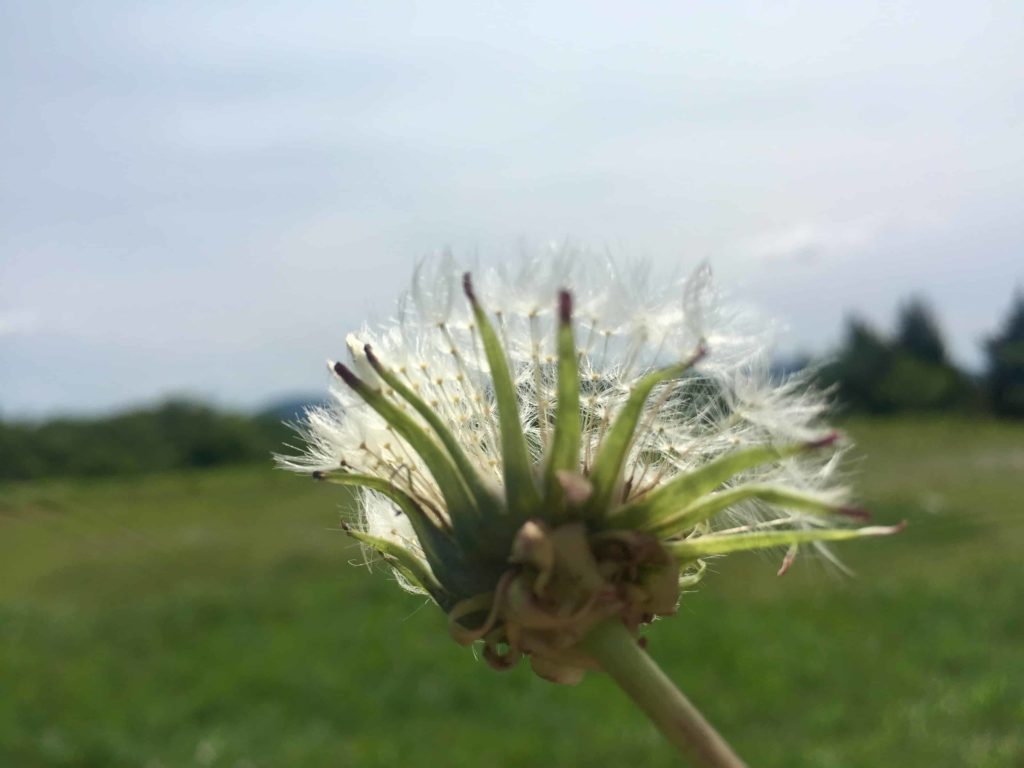
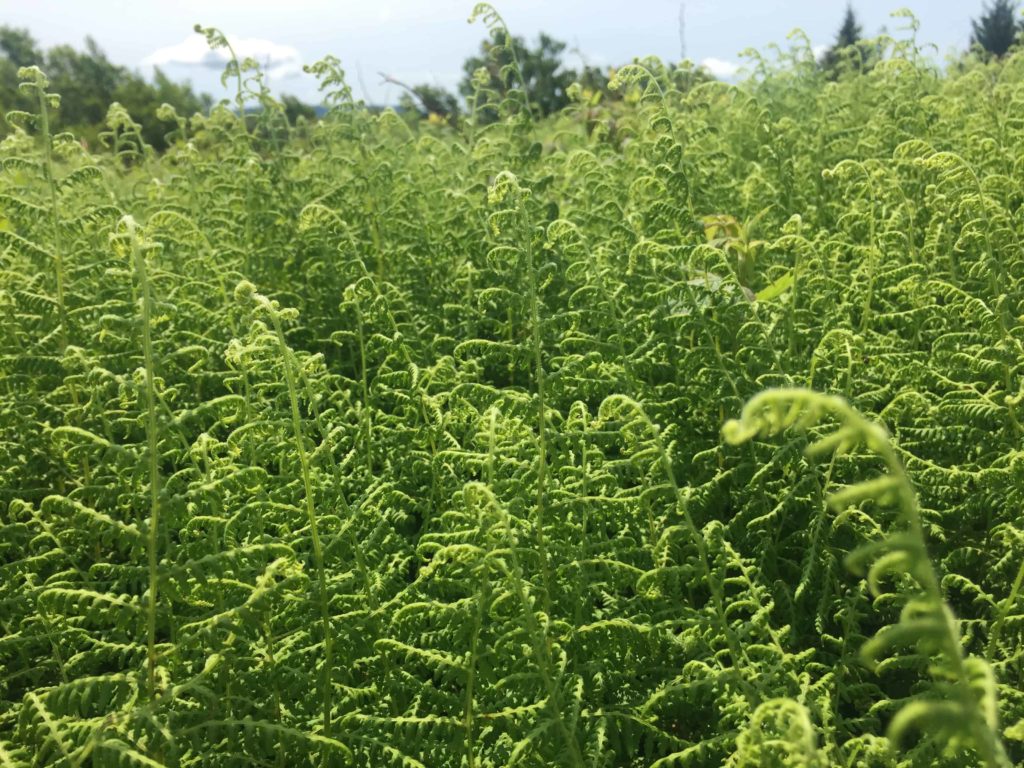
While being was deeply appreciative of nature, Du Bois as one of the founders of the Niagara Movement and the NAACP, was also extremely aware of the impact racial and class inequality has on environmental issues in the United States. As Kimberly K. Smith writes, “From Du Bois’ perspective, the beauty of nature wasn’t so easily disentangled from the ugliness of racial injustice.”
Living in Williamstown over the summer, I got a brief insight into the answer to Du Bois’ question: transportation. While the Berkshire Regional Transit Authority certainly supports many communities in the Berkshire area, the three buses I had to take to get to Pittsfield from Williams lasted 2 hours one-way — a weird similarity to my travels from Philadelphia to West Chester.
While the bus company supports the second smallest population size in Massachusetts, it must also drive through the second largest geographic region in the state. Berkshire County’s low density coupled with such a large area means that the BRTA is in a never-ending challenge to support its communities while adjusting to uncertain state-funding.
This means that at every corner, the BRTA administration must consider not only its funding for the year but also the cuts that could happen the following year. As a result, even as the company received a 10 percent increase in funding in 2018, it cut services in commute times that were least profitable, like Route 21 Express at 4:30 to Great Barrington. By cutting certain routes and decreasing the discount of the Charlie Card, it certainly increased annual profit, but the company ignored its most vulnerable clients: low-income families, poor immigrants, and elderly residents.
The loss of these bus routes only works to exacerbate issues in Western Massachusetts. In Berkshire County, 12 percent of residents and 27 percent of children experience food insecurity. For commuters in the Berkshires, accessing the BRTA at an affordable rate can mean the difference between another hungry night and food on the table. This means that a 14-minute car ride to the Pittsfield State Forest not only becomes a huge time commitment but an insurmountable barrier for families, especially for low-income working parents without a car.
Thinking about food access brings me back to Professor Miles’ comment on delicious collard greens from city gardens. From apartments to mountains, nature exists in many forms and in many locations. Although forests and winding streams are usually considered “nature,” nature is okra and black beans just as much as it is evergreen trees on a winter day.
From home-smoked beef in Chef Wayne’s Big Mamou Cajun on the Go in Springfield to poblano chiles in Xicohtenchal Mexican Restaurant in Great Barrington, identity and nature exist in ingredients birthed out of complex histories with land, migration, and dispossession. With the coronavirus pandemic disproportionately impacting small local businesses, the impact of restricted services and hours of operation could mean another form of displacement for Black and Brown families in the Berkshires.
Thinking about displacement and its relationship to storytelling and nature, I recall a book by Mount Holyoke geologist Laurent Savoy called, In Trace: Memory, History, Race, and the American Landscape. Reflecting on experiences traveling the United States, from the Grand Canyon National Park to the Susquehanna Rivers, she intertwines her memories with a look at untold stories in American history. Wrestling with the Indigenous presence in landmarks like Potomac River in Virginia, and analyzing its attempted erasure by settler colonialism, she writes, “To understand the storying of any place, I must also understand the storying of myself. I must follow traces beneath familiar structures to where ancestral structures lie.”
“To understand the storying of any place, I must also understand the storying of myself. I must follow traces beneath familiar structures to where ancestral structures lie.”
In a state named after the Wampanoag word Massachusett, meaning “place of the foothill,” unearthing and acknowledging the impact of settler colonialism in the Berkshires is a difficult journey — one that requires a critical eye at both oneself and the systems at play. Ultimately, it is no coincidence that the federal government is the legal “trustee” of almost all Indigenous land in the United States.
Like Savoy, award-winning poet and author Larry Spotted Crow Mann centers his experience growing up in the Nipmuc tribe in his writing, a homeland that once encompassed around 2,000 square miles that is now down to 15 acres in Hassonmisset and Webster, Massachusetts. In his three books: Drumming and Dreaming, Tales from The Whispering Basket, The Morning Road to Thanksgiving, he tackles issues like addiction, self-harm and drug abuse that have stifled Indigenous prosperity for centuries.
In a conversation with CarolLynn Luck, he states, “The story of my people was lost to me. When I went to school, we were talking about social studies, and they said there were no more Nipmuc people. And how is that supposed to make me feel as a Nipmuc person? I don’t exist in the books. I don’t matter to the world.”
Dealing with this displacement, Spotted Crow Mann uses traditional stories to reaffirm Nipmuc identity and Nipmuc connection to the land. He states, “These stories are very important in social development and the community as a whole… There is nothing abstract about them… you are talking about specific places… So when you hear a story about Mount Wachusett, you know your ancestors are from here… You have a place here… And those places have been taken away.”
When asked by a friend whether history is just about “forgetting and deletion,” Savoy responds, “To inhabit this country is to be marked by residues of its still unfolding history, a history weighted by tangled ideas of ‘race’ and of the land itself.” Even so, “Re-membering is an alternative to extinction. Home indeed lies among the ruins and shards that surround us all.”
These thoughts bring me back to the question at hand: “Are you willing to give up diversity to own a garden?”
Right now, I don’t really know the answer to that question, if there even is one. But both Laurent Savoy and Larry Spotted Crow Mann are testaments to the difficult journey that awaits any dispossessed person who want to reclaim land. This process requires a deep commitment to investing oneself in the memories of the earth — those that are rejuvenating just as much as corrosive. And although confronting the fissures and crevices of this land’s history is a process of constant unlearning, it doesn’t mean the journey is started in vain.
So maybe a better question is, “What does connecting to land mean to you?”
“you know your ancestors are from here… You have a place here… And those places have been taken away.”
The effects of settler colonialism, imperialism, and slavery have made it so that the answer to this question has an entirely different weight to it based on who you ask: What does it mean to a poor White family who can connect their family origin to settlers? What does it mean to someone like Du Bois whose family lived by the Housatonic River for more than 200 years? What does it mean to someone like Larry Spotted Crow Mann whose Nipmuc identity extends thousands of years but is erased in U.S. History books?
The meaning of these connections certainly doesn’t fit perfectly beside one another. At times, they work against each other, fighting to be recognized, to be respected, to be valued. Instead of running away from these points of tension, I hope to dig further into both moments of friction and moments of solidarity.
This project of mine is attempting to hold space for the points in which these histories collide and also for the millennials in which they didn’t. It is a journey that relies on oral and written histories, and geography to map out the richness of the Berkshires. And (hopefully) it is an unafraid rethinking of this land’s history that questions notions of identity, of gardening, and of the dreams we hold dear.
